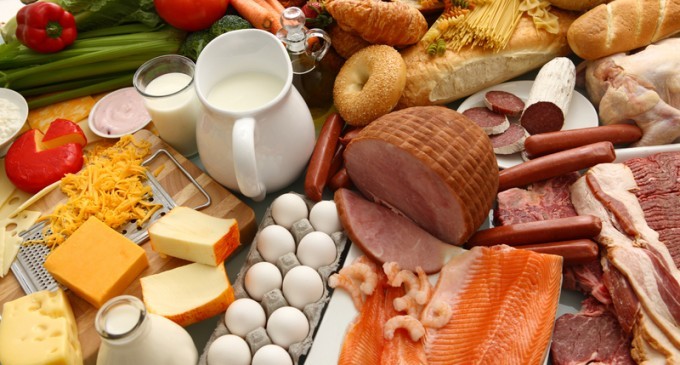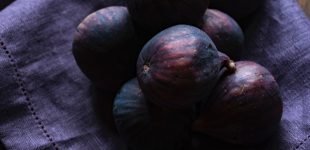
For many years we have been left scratching our heads trying to figure out what those ingredients on the food labels mean. When we finally found out, it turned out that we really didn't want to know. They are just that gross!
The Disgusting Ingredients In Your Favorite Foods Actually Are:
Cellulose
Most often found in cheese, but also increasingly in everything from bread to low-fat ice cream. If you need to add fiber to white bread, stop pre-shredded cheese from clumping together in the packet, or remove fat but keep something creamy. That's fine, so long as you're okay with eating sawdust.
Titanium Dioxide
Titanium Dioxide, also known in the food industry as E171, can be found in coffee creamer, salad dressing, and anything else you might want to look a little bit whiter.Lanolin
Lanolin is a waxy secretion that's produced by sheep to prevent water from sticking to their wool. It is often found in skin care products like hand cream and lip balm. It's so good at softening things, in fact, that it's found on the back of a stick of chewing gum.Silicon Dioxide
Silicon Dioxide is a smart name for sand, the kind you might find at the beach being pounded into temporary fortifications by small children. When added to your food it helps keep powdered food products like soup, coffee creamer, and salt from clumping together when they shouldn't.Shellac
Shellac is a popular wood finish that dries to form a hard and shiny waterproof seal. . Shellac is actually an excretion of the female lac bug. Shellac is so common and useful that it has found its way out of the wood shop and onto the outside of pills and fruit, adding shine to jelly beans.Carmine
Also known as cochineal extract and E120, the pigment carmine is used to dye everything from clothes to paint to food. It creates such a beautiful and vibrant shade of red that it's easy to assume that it's an artificial color, but that would be a mistake. Cochineal bugs which, when dried in the sun and ground up, make an excellent addition to your diet, as well as cosmetics, and pill coatings.Rennet
Rennet is an enzyme that is an important ingredient in cheese production for separating milk into curds and whey. The reason rennet is so good at manipulating milk is because that is what it was made to do…only it was meant to do it inside a calf's stomach. It is still a common ingredient in modern cheese making.L-cysteine
L-cysteine is an amino acid that has several uses in the food industry, but is most commonly used as a meaty flavor enhancer. The most common source of L-cysteine used to be actual human hair. It's now mostly produced from poultry feathers instead.Propylene Glycol
Propylene glycol is a common ingredient found listed on the side of anti-freeze bottles. It is the much-less dangerous cousin to ethylene glycol, and because of that distinction it can safely be included in your diet, as well as pharmaceuticals. You can find it in soda, alcohol, baked goods.Castoreum
Historically found in vanilla and raspberry flavored foods, castoreum is now pretty rare— Castoreum is the somewhat flashy name for the liquid produced in a beaver's anal scent glands. These days it is used in perfumes.
We Are Almost Sorry We Found Out What These Ingredients Are!
Now that you know what ingredients are actually in the food you love, your favorite foods may change. Did you know what ingredients were in the food you eat?
Let Us Know How You Feel About This!
Article & Photo Source: Grunge


LeNiece Bankston